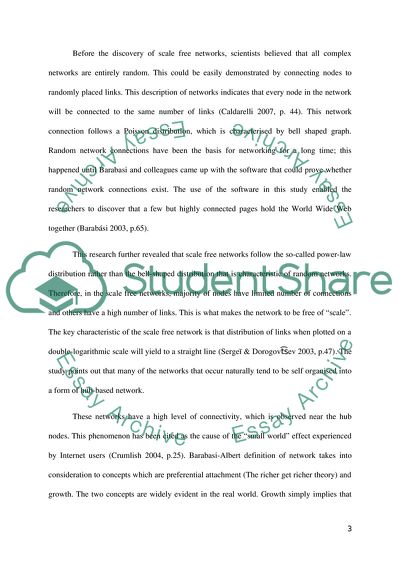Cite this document
(The Wealth of Networks: How Social Production Transforms Markets And Freedom Literature review Example | Topics and Well Written Essays - 2000 words, n.d.)
The Wealth of Networks: How Social Production Transforms Markets And Freedom Literature review Example | Topics and Well Written Essays - 2000 words. https://studentshare.org/information-technology/1775259-digital-culture
The Wealth of Networks: How Social Production Transforms Markets And Freedom Literature review Example | Topics and Well Written Essays - 2000 words. https://studentshare.org/information-technology/1775259-digital-culture
(The Wealth of Networks: How Social Production Transforms Markets And Freedom Literature Review Example | Topics and Well Written Essays - 2000 Words)
The Wealth of Networks: How Social Production Transforms Markets And Freedom Literature Review Example | Topics and Well Written Essays - 2000 Words. https://studentshare.org/information-technology/1775259-digital-culture.
The Wealth of Networks: How Social Production Transforms Markets And Freedom Literature Review Example | Topics and Well Written Essays - 2000 Words. https://studentshare.org/information-technology/1775259-digital-culture.
“The Wealth of Networks: How Social Production Transforms Markets And Freedom Literature Review Example | Topics and Well Written Essays - 2000 Words”. https://studentshare.org/information-technology/1775259-digital-culture.


